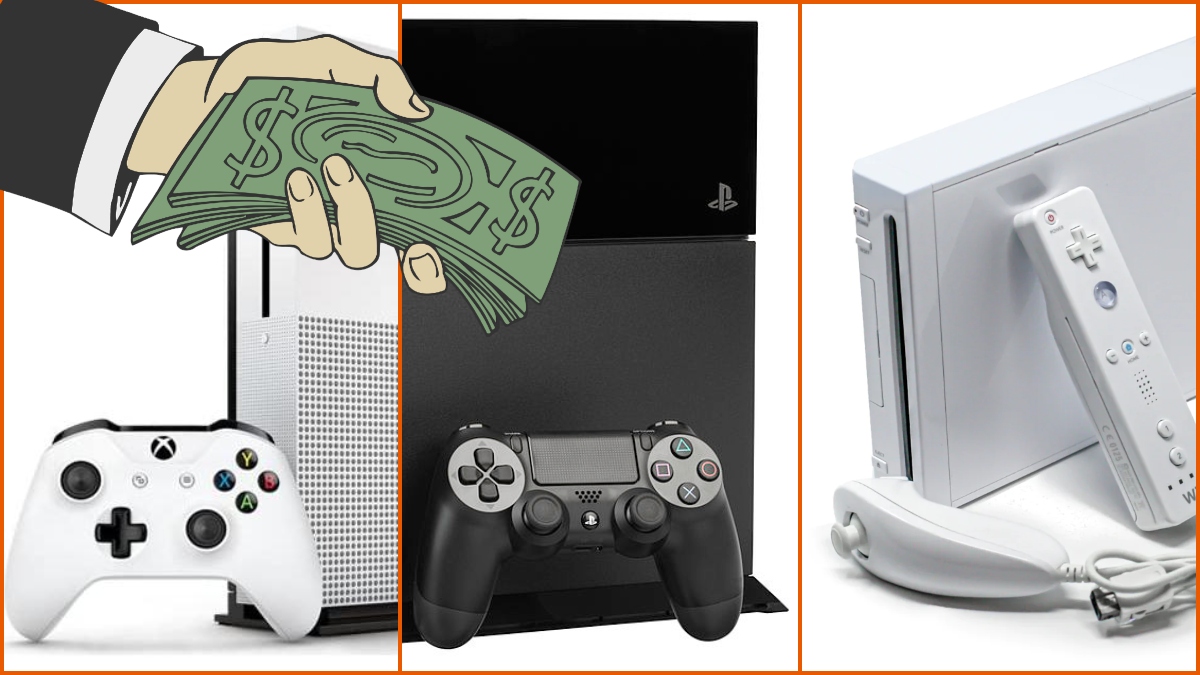If you’re an avid gamer, there’s a strong likelihood that you’re well-versed in the world of Sony, Nintendo, and Microsoft — the leading console manufacturers. We’re also assuming that every self-proclaimed gamer has owned each one of the below consoles at some period in time, so they’ll be vaguely familiar with the sheer amount of sales recorded in total for all of them. Even if you don’t know the statistics, you could probably take an educated guess.
The first-ever gaming console was The Odyssey, which was manufactured by Magnavox and released in North America in September 1972. The 11 years between 1972 and 1983 are considered the ‘first generation era,’ referring to games, consoles and handheld devices released during that period. Other first gen consoles include the Atari Home Pong, the Coleco Telstar series and the Color TV-Game series. It wasn’t until the late ’80s and early ’90s that business boomed for console creators, namely Sony, which launched the original PlayStation in 1994, and Nintendo’s Game Boy in 1989. We’ve come a long way since the early days of Atari, founded by Nolan Bushnell and Ted Dabney, but we’re not done yet. In the coming years, we can expect even more advanced devices. For now, though, these are the top sellers of all time.
Note: All numerical amounts are accurate to the time of writing.
10. Game Boy Advance
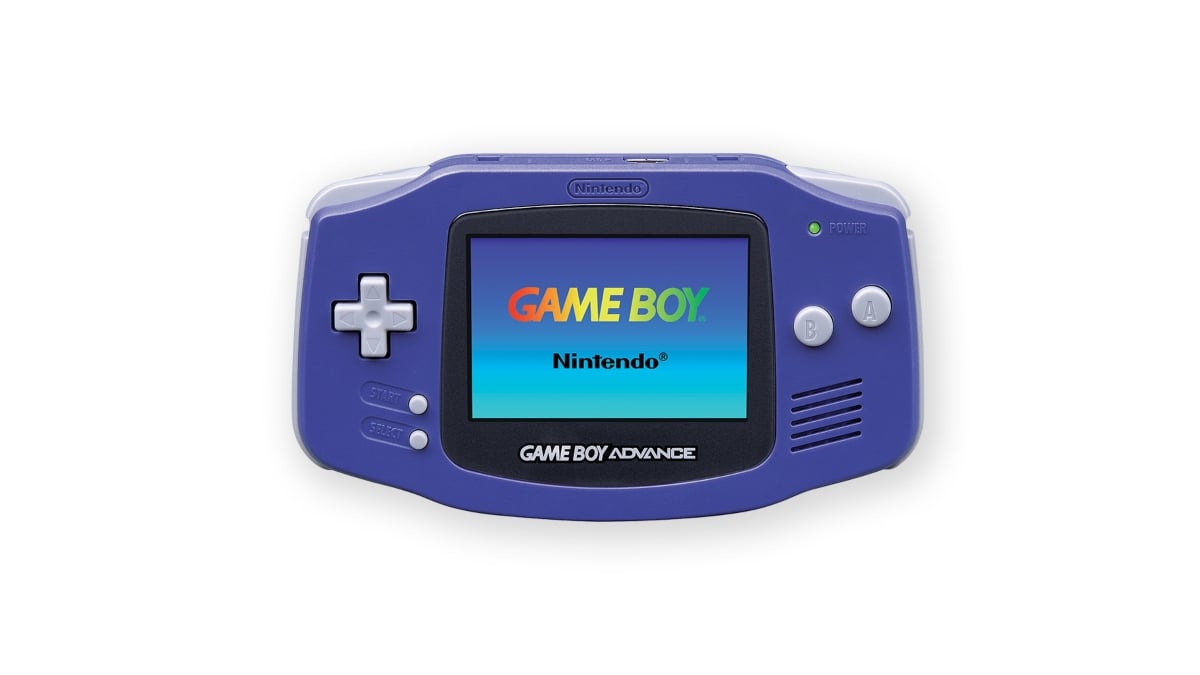
It was quite the leap from 1989 to 2001 as Nintendo made the transition from the OG Game Boy to the much more successful Game Boy Advance. If you scour the internet, you’re bound to find collectors or long-time gamers who still proudly own a Game Boy Advance, even though newer consoles far outshine it. The GBA belongs to the sixth generation of gaming consoles, along with the Sega Dreamcast, Sony PlayStation 2, Nintendo GameCube, and Microsoft Xbox.
The Advance was one of the first handheld consoles to invert the ‘portrait form’ of the Game Boy and Game Boy Color, placing the buttons at the side of the screen rather than below it. The GBA was discontinued in 2008 to make way for the newer generations and Nintendo’s venture into the Wii, DS and Switch era, but there’s no denying the GBA’s popularity even decades later.
Units sold worldwide: 81.51 million
9. Xbox 360
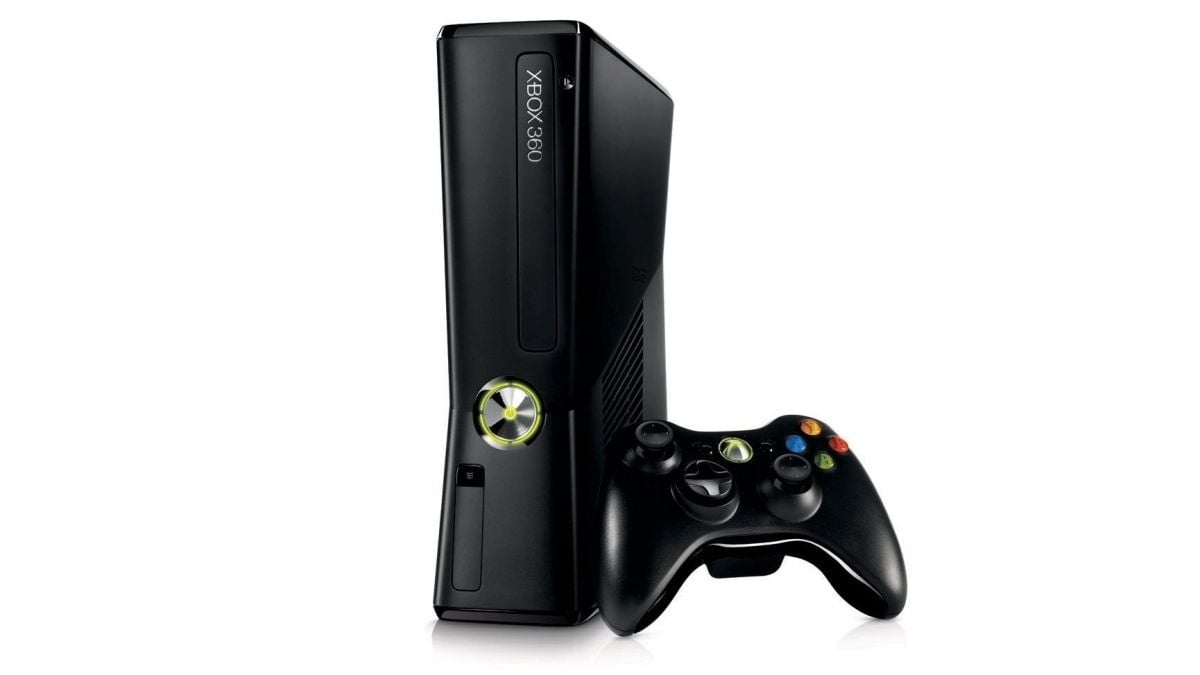
Right after the sixth generation, of course, comes the seventh generation of consoles. You might be surprised (or you might not) to learn that the 360 is the only Xbox console to make the list. At the time of its 2005 release, the Xbox 360 was competing with Sony’s PlayStation 3 and Nintendo’s Wii, which is largely considered to be one of the most influential eras of gaming. The 360 took the Xbox Live feature from the original Xbox console and expanded it, integrating consistent updates to keep the online multiplayer aspect as entertaining as possible.
Several add-ons also made the Xbox 360 more appealing. These included wireless controllers, expanded hard drive storage, and the Kinect motion-sensing camera. Additionally, the 360 introduced multimedia capability, allowing for a built-in functioning DVD player, and several applications such as Netflix, Now TV, Facebook, Twitter and more.
Units sold worldwide: Excess of 84 million.
8. PlayStation 3
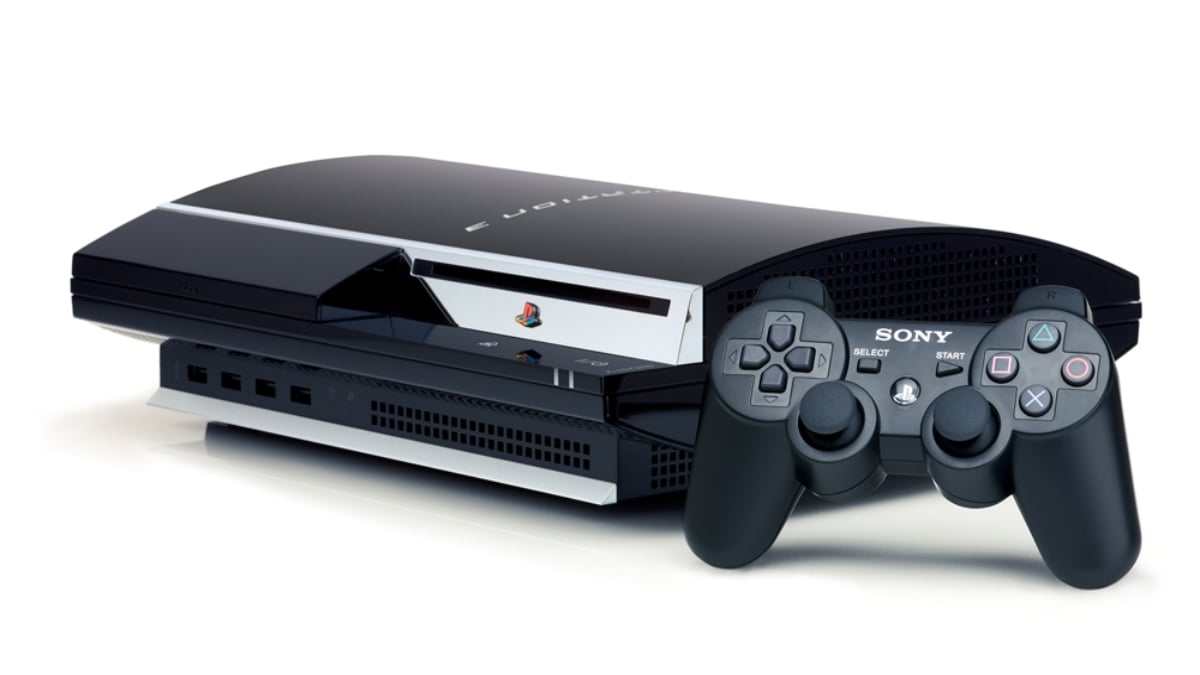
It makes sense for the PlayStation 3 to overtake the Xbox 360; it’s become apparent in the last decade or so that PlayStation as a whole is infinitely more popular than Xbox, though we’re not entirely sure why. Let us not forget that the PS3 gifted us with Grand Theft Auto V, its best-selling video game by a long shot, but that isn’t really enough to save its reputation. The Xbox 360 also provided a copy of GTA V, which doesn’t bode well for the PS3, which is still considered largely inferior to the 360 despite selling more units. While we can credit some (emphasis on some) of the PS3’s success to GTA V, we’re still shocked that it beat the Xbox 360 on this list. In 2006, PlayStation Network was born; this social gaming service rivaled Microsoft’s Xbox Live function and even introduced the 3D gaming platform known as PlayStation Home, which will be a blast from the past for PS3 owners.
The PlayStation 3 also marked PlayStation’s brand redesign, including a new logo and the launch of the Slim, a thinner, more streamlined console that no longer possessed the hardware to run PS2 games — that might be its only downfall. The PS3 was discontinued in 2016, but since the PS4 isn’t backward-compatible, one would need to procure a PS3 (which are still floating around online marketplaces) to play the appropriate games.
Units sold worldwide: Excess of 87.4 million.
7. Wii
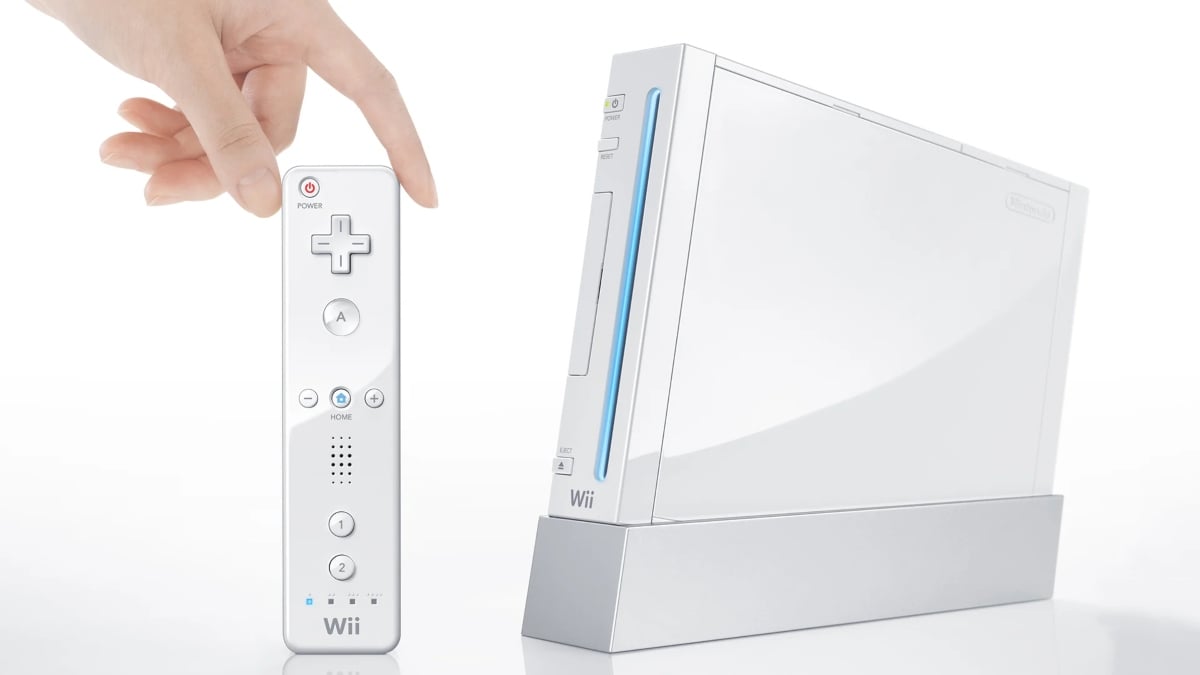
Honestly, we’re surprised that the Nintendo Wii wasn’t much higher. In 2006, if they hadn’t already sworn eternal loyalty to PlayStation or Xbox, every living being owned a Nintendo Wii. Following the GameCube was a tough gig for the Wii, especially since the GC was beloved by so many (although, oddly enough, it didn’t make this list). Even catching a glimpse of a Wii brings back memories; there was nothing you couldn’t do. We’d even be so bold as to say that the Wii had something for everyone, which is perhaps Nintendo’s strong suit. If you weren’t partial to some Wii Sports, you were indulging in WarioWare or sticking to the old faithfuls in Pokémon, The Legend of Zelda and Metroid.
Interestingly, it was the Wii’s motion sensor capabilities that prompted Sony and Microsoft to produce the PlayStation Move and Kinect, respectively, just to compete.
Units sold worldwide: 101.63 million.
6. PlayStation
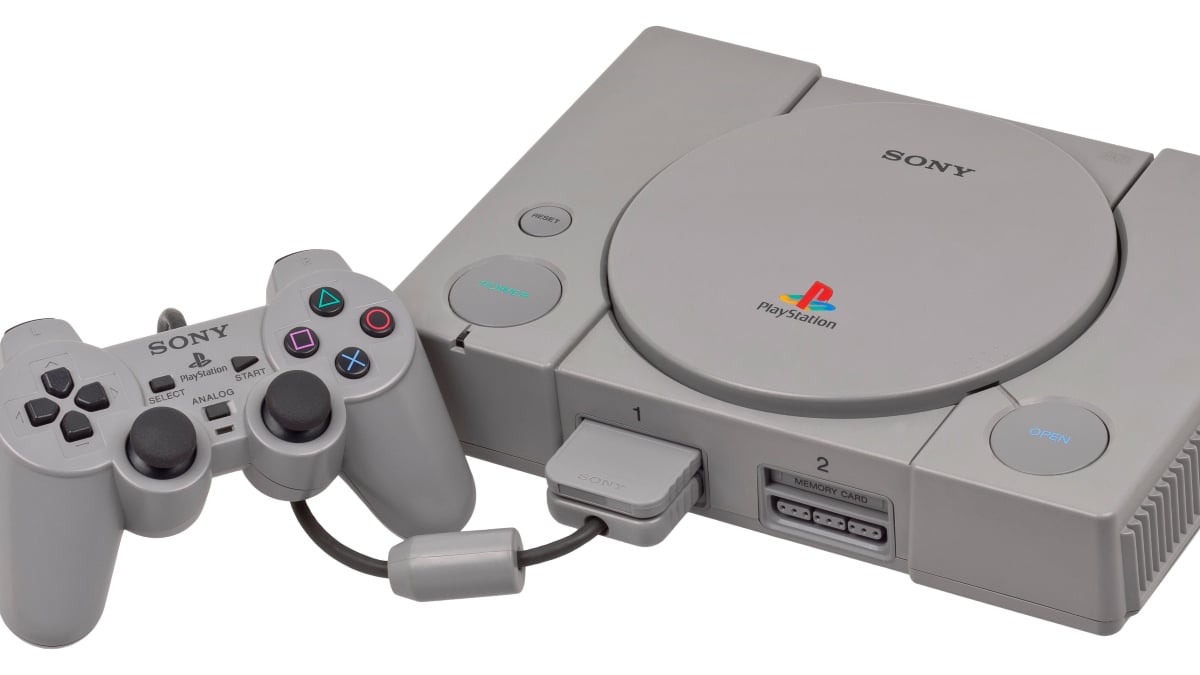
Ah, the OG PlayStation. There’s truly nothing like it, especially for ’90s kids. Honestly, the PlayStation is probably one of the most coveted consoles in existence purely because of how iconic it has become. There wasn’t anything special about a clunky design and wired controllers that wouldn’t stretch beyond a foot, but we’ll never be able to replace the memories of huddling around the TV and having the wits scared out of us by Silent Hill.
Let’s not forget the assortment of games available on the PlayStation, including Crash Bandicoot, Spyro, and Tomb Raider, some of the most significant franchises to ever exist that continue to pump out endless sequels. Considering it launched in 1995, there’s no shame in sharing that the PlayStation was discontinued in 2006; that’s a seriously impressive run for a fifth-gen console, competing against the Nintendo 64 and the Sega Saturn. Nowadays, all we know is the PS5 and Xbox X|S, but there’s no harm in remembering how far we’ve come, and the PlayStation paved the way for many successors.
Units sold worldwide: 102.49 million.
5. PlayStation 4
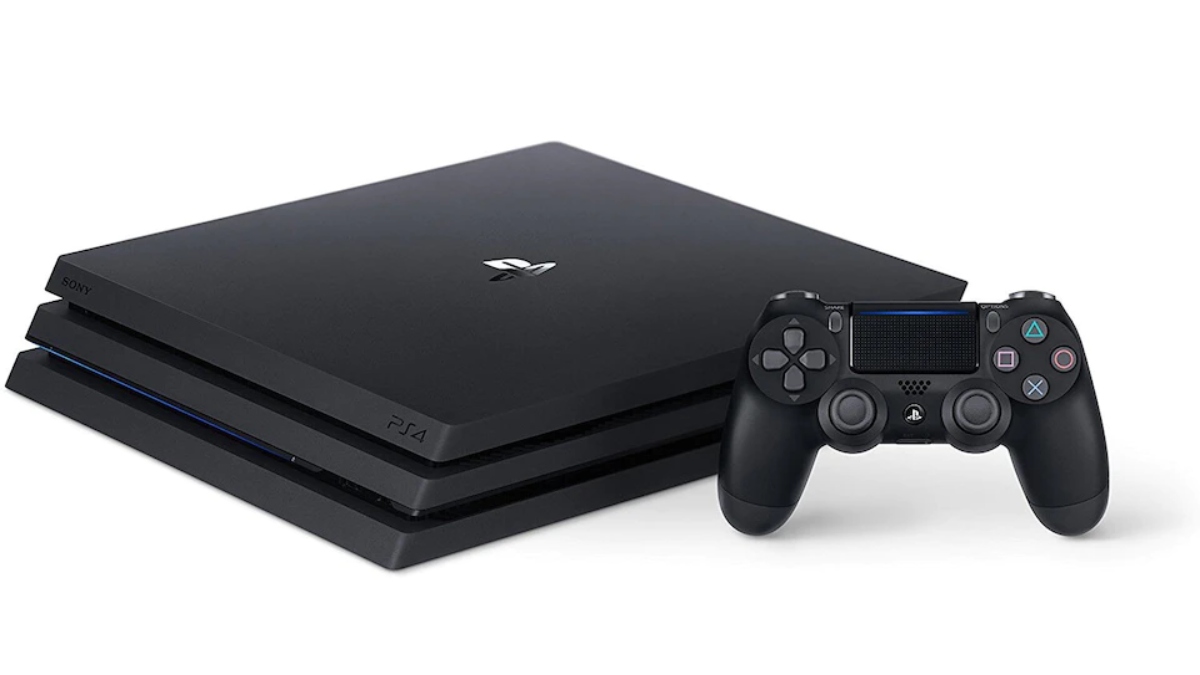
Even though the PS5 has revolutionized the gaming sector, it still fails to live up to the standards set by its predecessor. We’re assuming that because the PS3 was dying out by the time the 2010s rolled around, the PlayStation 4 arrived in the nick of time, saving us all from what had become — by technological standards of that decade — low-quality graphics. The PS4 hit the shelves in 2013 and remains consistent in sales, managing to work just as well today as it did 10 years ago. That consistency is precisely the reason why the PS4 has yet to be discontinued despite the PS5’s reign. Only some models were axed, so that just goes to show how much of an impact the PS4 made… plus the fact that the PS5 requires you to sell a kidney in order to obtain it, but that’s beside the point.
The PS4 boasts several upgrades from the PS3, including the options of “Remote Play” (to play games off-console with supported devices) and “Share Play” (streaming games to friends or services such as Twitch). The PS4 controller also underwent several changes, improving handling and integrating the touchpad feature. Considering all the other entries bar one is handheld, the PS4 is officially (as of 2019) the second-best-selling home game console of all time.
Units sold worldwide: 117.2 million.
4. Game Boy & Game Boy Color
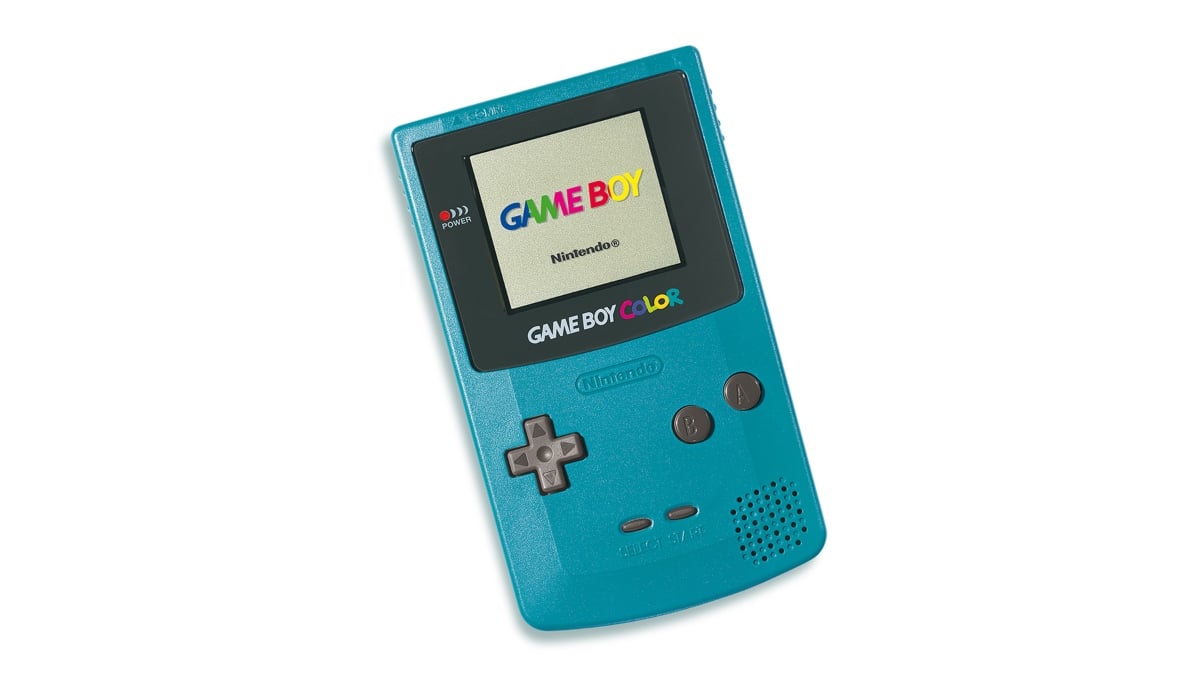
You wouldn’t think that such an old console could outlast even the more modern devices, but here we are. Besides the fact that there are restrictions to the Game Boy, it still manages to scoot into fourth. The Game Boy is the definition of ‘simple yet effective’ as it makes magic out of practically nothing. The console doesn’t look like much on the surface; it features a dot-matrix screen, only five buttons (a directional pad, two game buttons, and “START” and “SELECT”), and a singular speaker with adjustable volume. Perhaps it was the bundle packages that helped Game Boy sales skyrocket.
The device was either sold individually or bundled with the likes of Super Mario Land and Tetris, two of the most famous games ever made. That’s certain to boost sales somewhat, but even the clunky design wouldn’t stop gamers from getting their mitts on the Game Boy, the first of its kind. For late ’80s and early ’90s kids, the Game Boy was unlike anything they’d ever seen before, and undoubtedly the start of a revolutionary gaming industry from that moment forth. It wouldn’t be a stretch to say that the Game Boy was the prototype for modern-day consoles, so there’s a certain element of attachment there. As for the Game Boy Color, its successor, that color screen went over swimmingly with audiences and really boosted the sales of that production line.
Units sold worldwide: 118.69 million.
3. Nintendo Switch
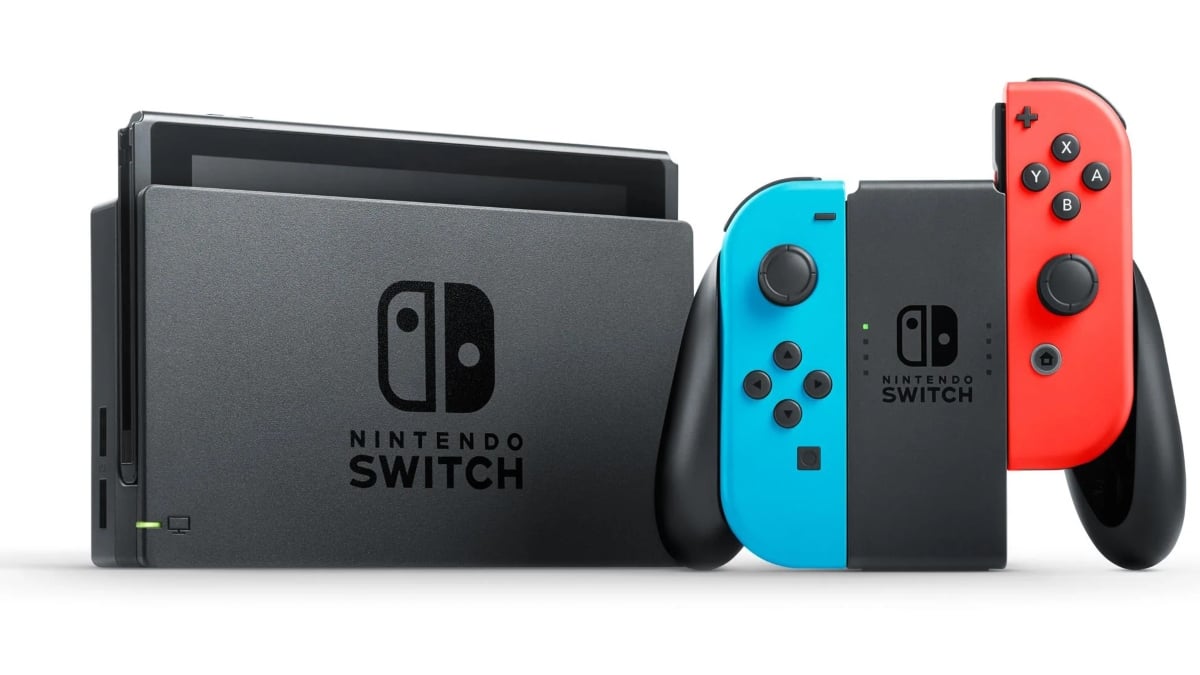
You must have expected to see the Nintendo Switch here somewhere, but maybe you didn’t picture it being so highly favored. On the contrary, we’re left flabbergasted as to how this wasn’t number one. The Nintendo Switch is the first-ever hybrid console, launching in 2017 with the ability to connect to a TV via an HDMI cable and docking station but also work on-the-go as a handheld device. That’s only the original Switch and OLED model, however, as the Nintendo Switch Lite (included in the overall tally of sales) does not possess the capability of connecting to a TV. Although the Sega Nomad, PlayStation Portable and Wii U possess similar features, the Nintendo Switch is considered to be the first true hybrid console.
As part of the eighth-generation console line, the Nintendo Switch competes with Microsoft’s Xbox One and Sony’s PlayStation 4, but it’s safe to say that there’s really no contest. The Switch can do things that other home consoles can’t do, plus provide gamers with Switch exclusives, such as The Legend of Zelda: Breath of the Wild, Mario Kart 8 Deluxe, Super Mario Odyssey, Super Smash Bros. Ultimate, Pokémon Sword and Shield, and Animal Crossing: New Horizons. Obviously, the Switch has yet to be discontinued, and we doubt it will be for a long time yet.
Units sold worldwide (and counting): 125.62 million.
2. Nintendo DS
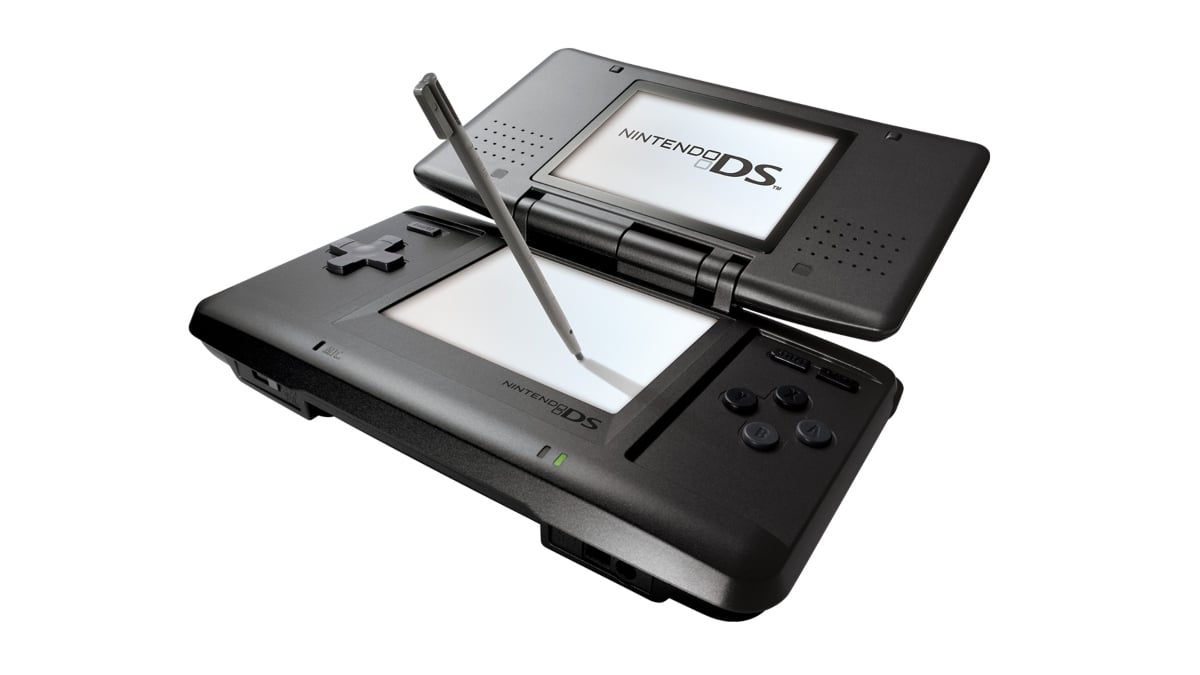
We’ll assume that the Nintendo DS beats the Switch purely due to age, especially as the Switch has only accumulated a sum over six years, whereas the DS was going strong since 2004. That’s quite a significant gap, so we’re honestly expecting these standings to change in a few more years once the Switch catches up. However, a 2017 console rivaling a 2004 one is an impressive feat in itself. As for the DS, which does deserve equal recognition, introduced the concept of dual screens (one of which being a touchscreen) and the support of wireless connectivity.
Similar to the Game Boy Advance SP, these dual screens incorporate the clamshell design for easier storage but improved playability. These DS consoles could connect to one another over a local Wi-Fi server to enable multiplayer mode or simple chatroom functions. Even better, the DS is backward-compatible with GBA titles, although its later models, such as the DSi and 3DS, are not. Without a shadow of a doubt, the DS is Nintendo’s best-selling console, only second to one other in the race for best-selling console overall.
Units sold worldwide: 154.02 million.
1. PlayStation 2
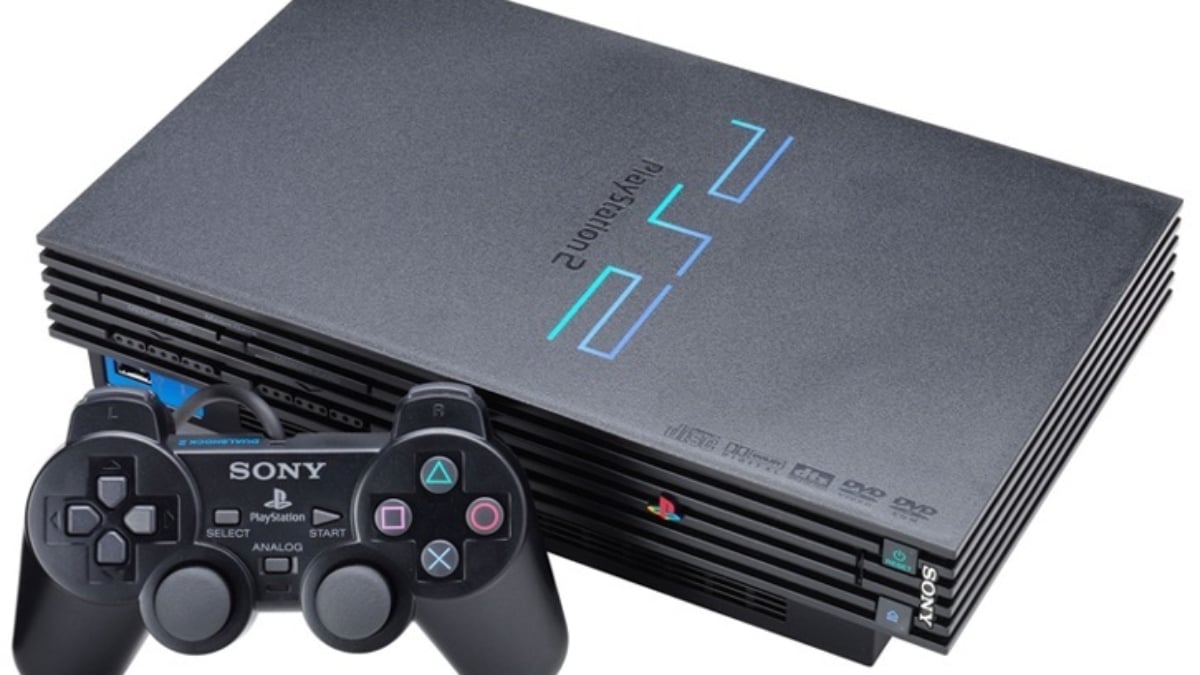
Finally, we have the PS2, the model that inspired multiple generations of Sony PlayStation consoles. Notice how the PS2, PS3, PS4 and PS5 look oddly similar? And the OG PlayStation was in a league of its own? That’s because the PS2 introduced the standing model of consoles that Sony has continually reworked ever since. The PS2 launched in 2000 to compete with Nintendo’s GameCube, Sega’s Dreamcast, and Microsoft’s Xbox. Undoubtedly, none of them could hold a flame to Sony’s technological triumph.
Not only did the PS2 offer backward compatibility with its predecessor’s controllers and games, but a grand total of over 4,000 game titles were manufactured for the PS2 worldwide, including some of PlayStation’s best titles to date, such as Grand Theft Auto: San Andreas, Resident Evil 4, Silent Hill 2, Guitar Hero and even The Simpsons: Hit & Run. Although it was discontinued in 2013, new games were released months after the launch of the PS4, only serving as proof of the console’s everlasting popularity.
Units sold worldwide: Excess of 155 million.

